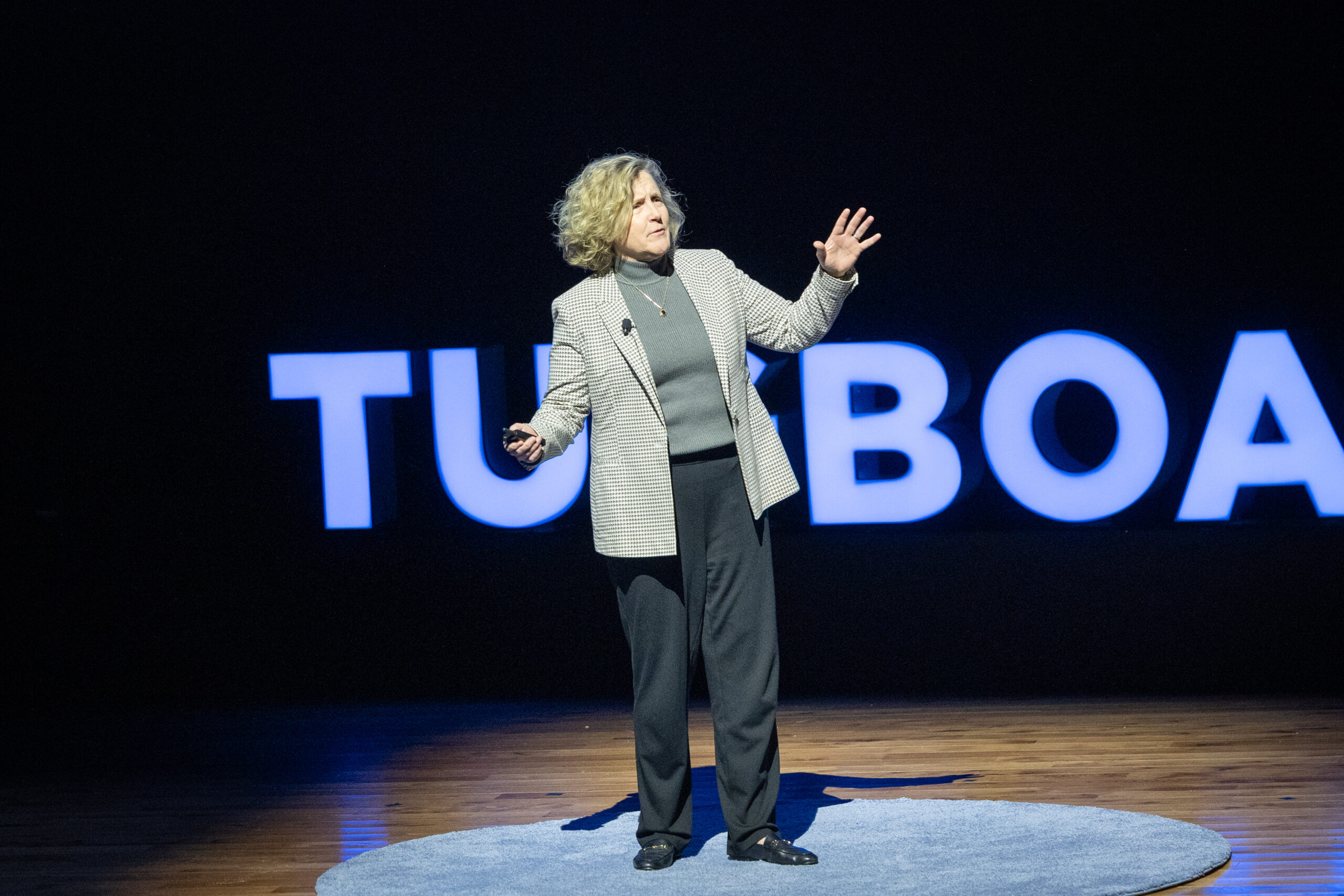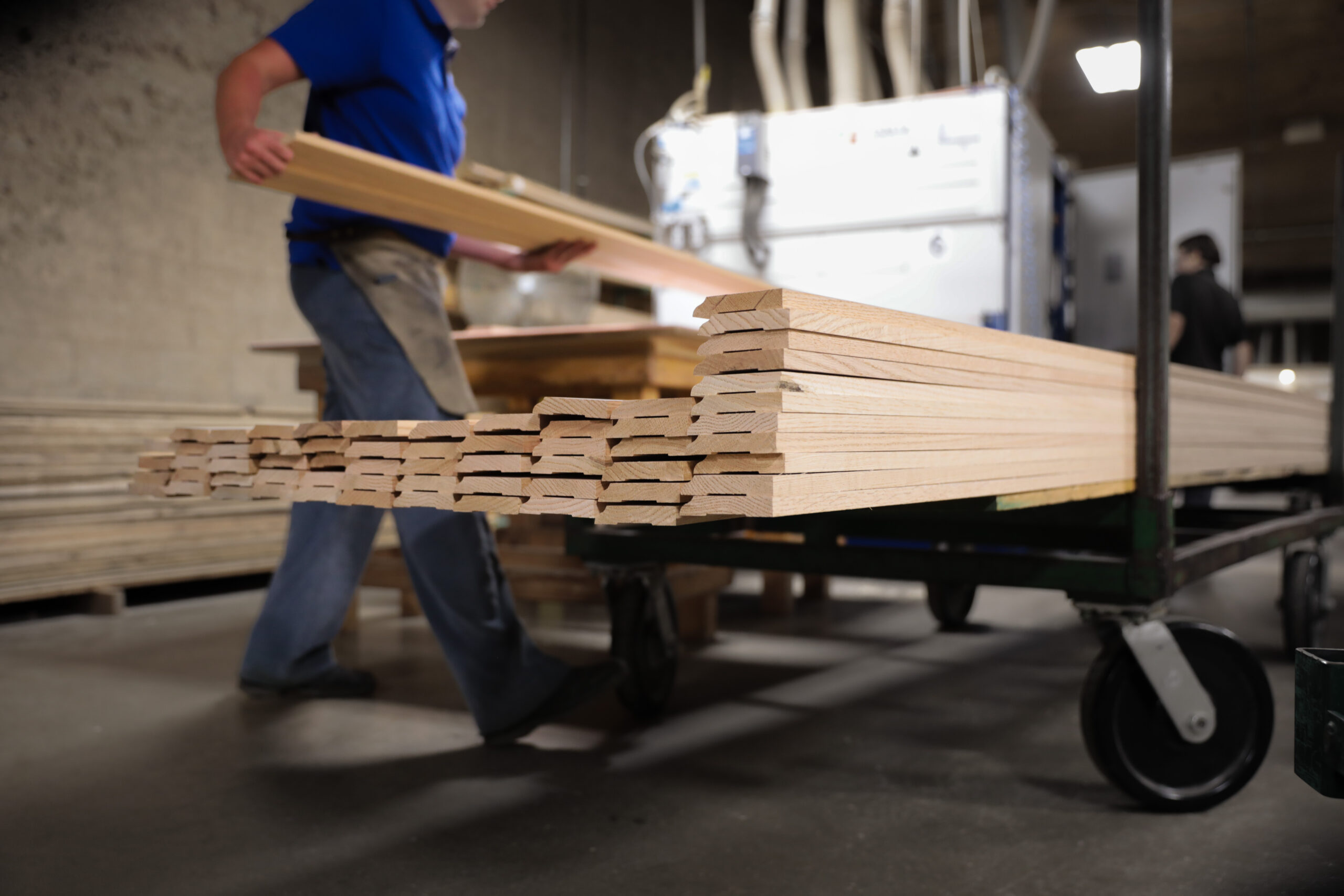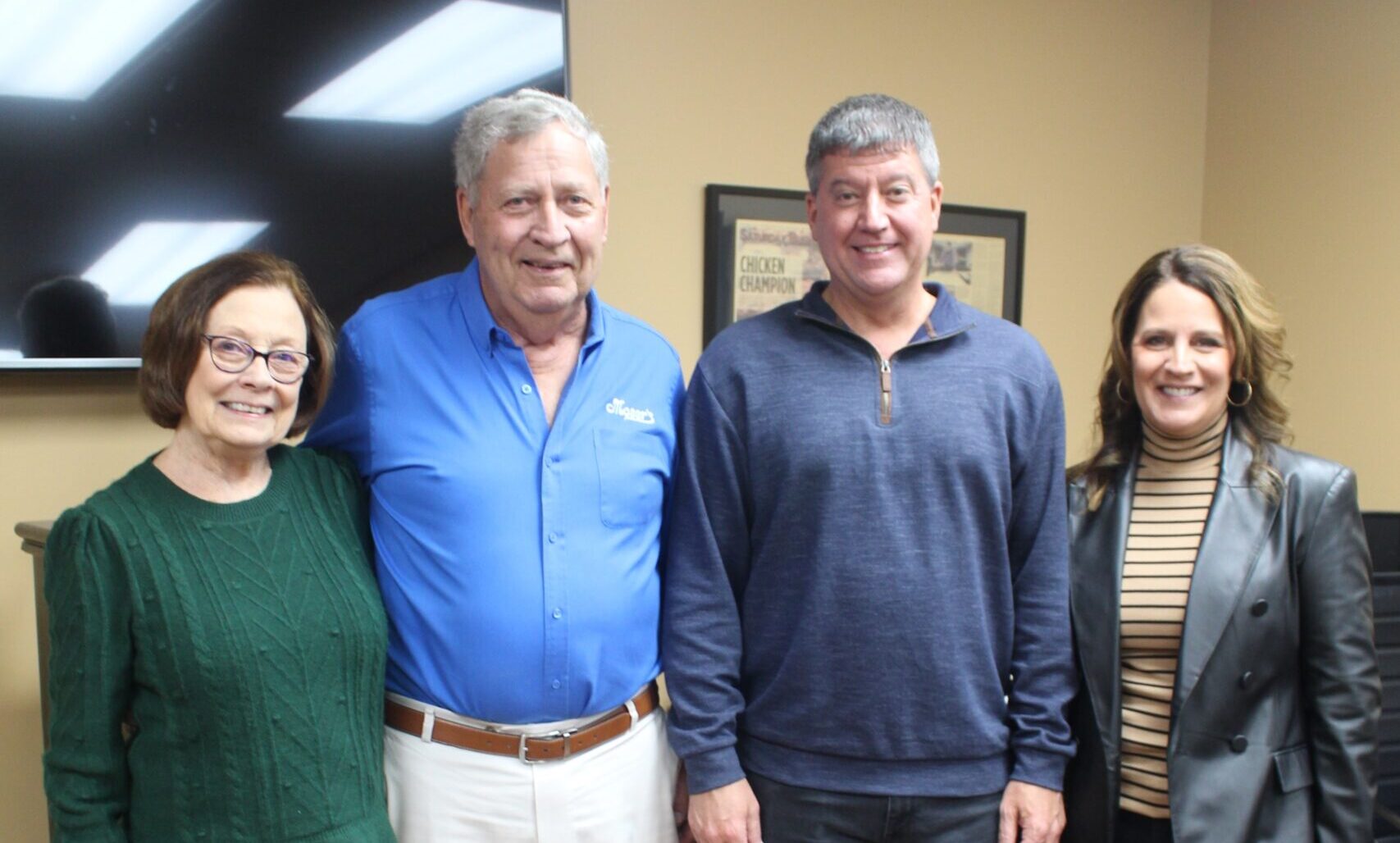

Our Values Have Kept Us Moving For 148 Years
- Bill Betts
- Betts Company
Building a culture requires a Crock-Pot, not a microwave. You don’t post core values on the wall and then move on to the next thing. It’s very organic and requires that slow, steady repetition, and over many years it does take shape.
At Betts Company, we’ve had the time to put in that work. We are in our sixth generation of leadership at our 148-year-old company and we’ve come to realize that it’s the values we instill in our company and our employees that will help us stick around for at least another 148 years.
At Betts Company, we “Improve the Way Things Move.” We make springs, mud-flap hangers, fenders and other parts for commercial vehicles and other industries. We started off making springs for horse-drawn carriages, and as modes of transportation have evolved, we’ve evolved with them. At the end of the day, if our team remembers one thing, we want to remember that we exist to “Improve the Way Things Move.” That’s just five words. Hopefully we can all remember five words.
“Improve the Way Things Move” has been our purpose statement for the last three years. Around that time, while I was getting my MBA, I realized we had a wonderful history, but needed something more. As part of a marketing class, we watched the Simon Sinek TED talk “Start With Why,” and it inspired me to think about the why of our business, and to find a way to communicate our why for generations to come. I started really looking back through our history and checking in with team members to say: What are the things we believe in? What really is the DNA and the root of where we’ve been? We’ve always had values, but before 2013 we never really described them in a plainspoken kind of way.
Our company comprises three different divisions in 11 different locations. We had been growing and expanding organically, but we hadn’t really taken the time to explain why, so the company felt fragmented. With that much reach, you end up with these subcultures that have different interpretations of what the company is about.
So after watching Sinek’s talk, I was inspired to write down the Betts Way with a view toward unifying our company around a common set of values: Respect everyone, aim for excellence, share your passion, work smart, take care, act ethically and communicate.
The values help us stay focused. They create a third perspective if team members are having a healthy debate. If things get a little “cattywampus,” there’s always a document we can go back to, which is the Betts Way, to help frame how we should be interacting with each other for the betterment of the company. We can take the emotion out of an emotional situation. This isn’t me — this is what the Betts Way says.
It also helps with new recruiting. When we’re recruiting, it’s a two-way street. We’re getting to know somebody and they’re getting to know us. What better way to get to know us than to be able to read the Betts Way and decide if what is written energizes you or scares you? It’s either exciting or not. And if it’s not, better for us both to understand that very early on in the process, rather than somebody coming on board and realizing our culture is not the right fit.
We want the Betts Way to give our team members permission to be their best selves inside the business and in their homes and communities. We’re hoping it’s not just a J-O-B. Work is a big part of life. We want to think about how we’re contributing in our homes and communities, not just the workplace.
Our values also help us move forward together as a company. It gets back to us needing to constantly get a little bit better to have a fighting chance at continuing to grow. We can’t be stagnant. We’re in tough industries. So if we don’t continue to improve and evolve, one day we won’t be relevant. Our values keep us focused on improvement. We can’t control the economy but we can certainly control how we run our business.
Bill Betts is the President of Betts Company.
More Articles and Videos

Both/And Thinking: Harnessing the Positive Potential of Tensions
- Marianne Lewis
- Carl L. Linder College of Business, University of Cincinnati

Leading Through Uncertainty – Tugboat Institute® Summit 2025
- Jackie Hawkins
- Tugboat Institute

Get Evergreen insight and wisdom delivered to your inbox every week
By signing up, you understand and agree that we will store, process and manage your personal information according to our Privacy Policy




